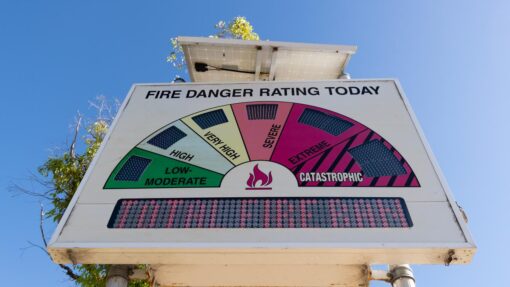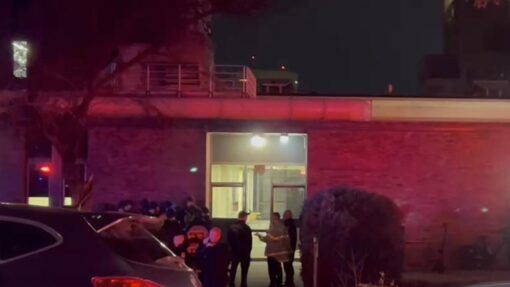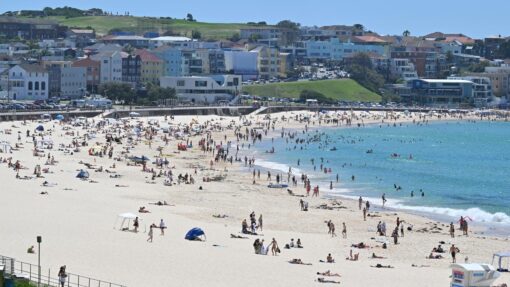Race against time as Japan quake damage hinders rescues
Sakura Murakami and Kiyoshi Takenaka |
Japan is struggling to assess the extent of damage from an earthquake that struck its west coast, killing at least a dozen people while wrecking buildings and major roads, and knocking out power to swathes of homes in freezing temperatures.
The quake with a preliminary magnitude of 7.6 struck in the middle of the afternoon on Monday, prompting residents in some coastal areas to flee to higher ground as tsunami waves about one metre hit Japan’s western seaboard.
Thousands of army personnel, firefighters and police officers from across the country have been dispatched to the worst-hit area in the relatively remote Noto peninsula in Ishikawa prefecture.
However, rescue efforts have been hindered by badly damaged and blocked roads and one of the area’s airports has been forced to close due to runway cracks.
Many rail services, ferries and flights into the area have also been suspended.
“The search and rescue of those impacted by the quake is a battle against time,” Prime Minister Fumio Kishida said during an emergency disaster meeting on Tuesday.
Kishida said rescuers were finding it very difficult to reach the northern tip of the Noto peninsula due to wrecked roads, and that helicopter surveys had discovered many fires and widespread damage to buildings and infrastructure.

Local media reported more than a dozen deaths had been confirmed so far, mainly in the hard-hit town of Wajima near the quake’s epicentre where a massive blaze broke out on Monday.
The national police agency said six people had been confirmed dead, and the fire and disaster management agency said 19 people were in a state of cardiac arrest.
More than 140 tremors have been detected since the quake first hit on Monday, according to the Japan Meteorological Agency. The agency has warned more strong shocks could hit in coming days.
Nobuko Sugimori, a 74-year-old resident of Nanao city in Ishikawa, told Reuters she had never experienced such a quake before.
“I tried to hold the TV set to keep it from toppling over, but I could not even keep myself from swaying violently from side to side,” Sugimori said from her home which had a large crack down its front wall and furniture scattered around the inside.
Across the street, a car was crushed under a collapsed building where residents had another close call.
Fujiko Ueno, 73, said nearly 20 people were in her house for a new year celebration when the quake struck but miraculously all emerged uninjured.
“It all happened in the blink of an eye,” she said, standing in the street among debris from the wreckage and mud that oozed out of the road’s cracked surface.
President Joe Biden said in a statement the United States was ready to provide any necessary help to Japan after the earthquake.
“As close allies, the United States and Japan share a deep bond of friendship that unites our people. Our thoughts are with the Japanese people during this difficult time,” he said.

The quake comes at a sensitive time for Japan’s nuclear industry, which has faced fierce opposition from some locals since the 2011 earthquake and tsunami that triggered nuclear meltdowns in Fukushima. Whole towns were devastated in that disaster.
The Nuclear Regulation Authority said no irregularities were found at nuclear plants along the Sea of Japan, including five active reactors at Kansai Electric Power’s Ohi and Takahama plants in Fukui Prefecture.
Hokuriku Electric’s Shika plant, the closest to the epicentre, had already halted its two reactors before the quake for regular inspections and saw no impact from the quake, the agency said.
Reuters


